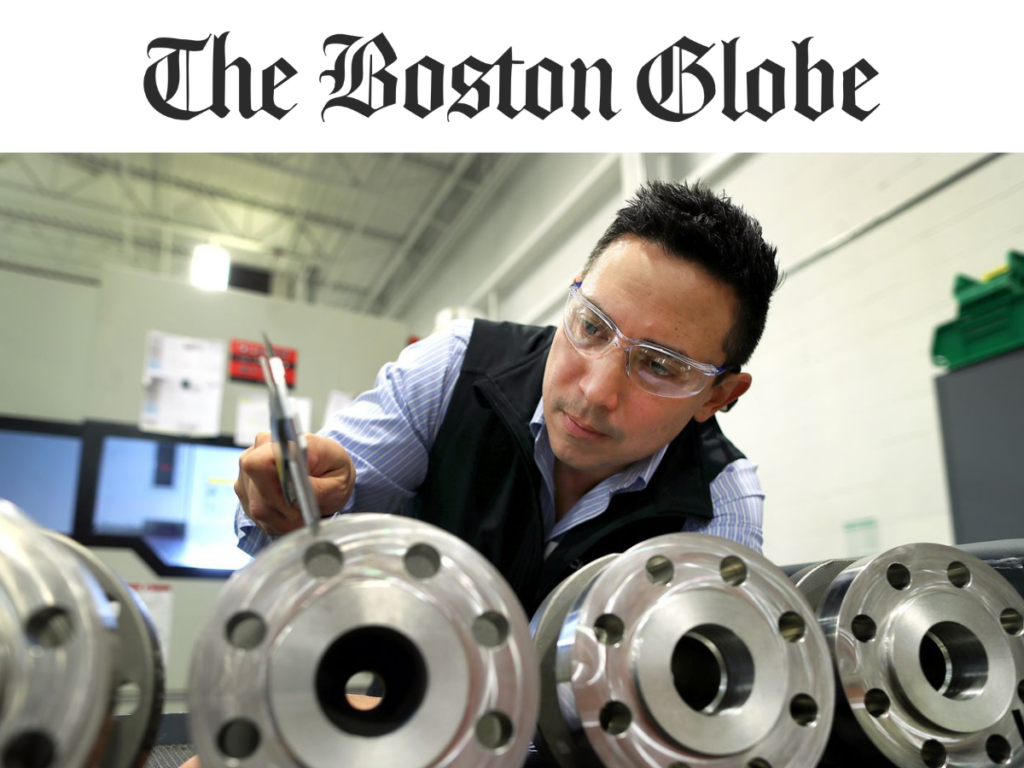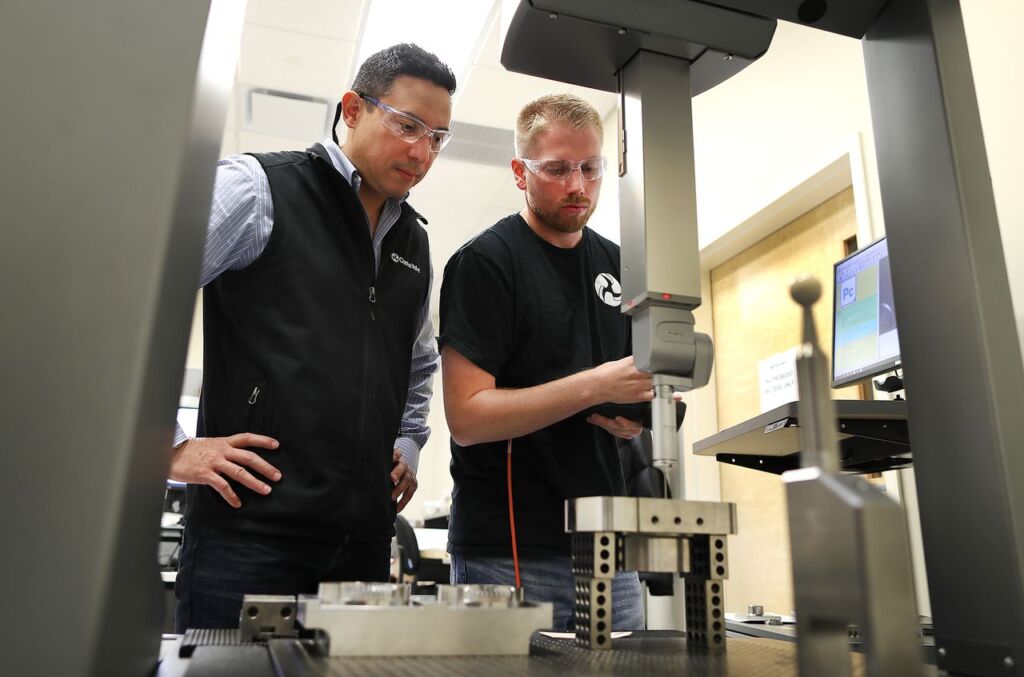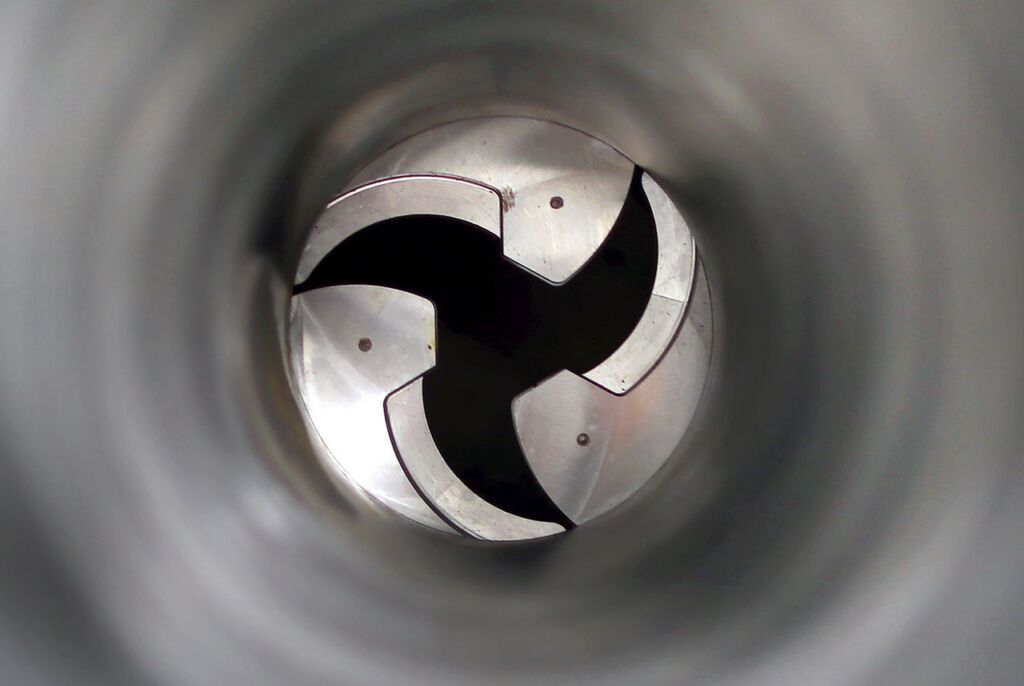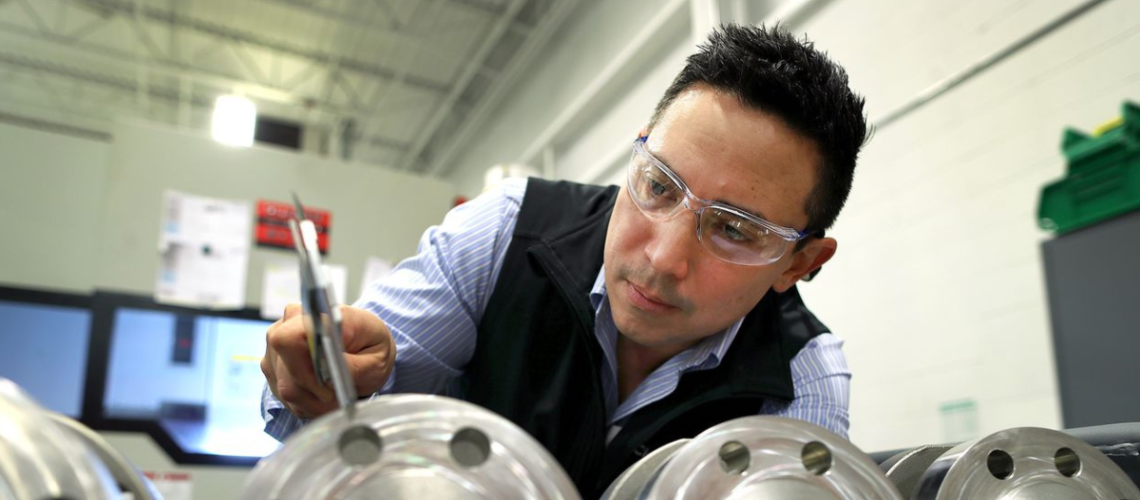
RI Valve Manufacturer is Looking to Help Oil, Gas Industries Reduce Carbon Emissions
In August, President Biden signed the Inflation Reduction Act, which provided $850 million in funding to the Environmental Protection Agency to implement the Methane Emissions Reduction Program, also known as MERP. MERP could become the new global standard for the synergy between governments, the oil and gas industry, and consumers, according to Kyle Daniels, the CEO of North Kingstown, R.I-based Clarke Valve.
Daniels, an aerospace engineer and inventor, said most emissions in the energy sector come from both production and consumption; and on the production side, most emissions are caused by leaky valves and pumps located in the piping systems of oil and gas facilities. Leaky valves in particular, according to the EPA, are responsible for 60 percent of all oil and gas emissions.
Clarke Valve has created a new valve, the Dilating Disk™, that Daniels said could prevent methane from causing atmospheric damage and keep hydrocarbons within their pipeline.
What kinds of studies has Clarke Valve taken part in to back up these claims that your valve would prevent leaks?
What kinds of studies has Clarke Valve taken part in to back up these claims that your valve would prevent leaks?
Daniels: Going back to 2018, we were the first company to meet both the international and American standards for fugitive emissions. In another example, the Italian oil company ENI took measurements of our valve during a period of two years. Every measurement they took over a period of two years was zero emissions. What’s really important about taking care of emissions on the production side is that when these gases are leaked, they are 25 times stronger than what comes out of the tailpipe of your car.

When did you come up with the idea for this valve?
Throughout my career as an aerospace engineer, I noticed that valve reliability on aircrafts were an issue and saw an opportunity to help reduce emissions. Many of the valves that are used in oil and gas production today are based on old technology and are prone to leaks. These industries make up 32 percent of all methane emissions in the United States, and valves are the leading cause. I wasn’t iterating or improving on any previous designs, but really started with a purely designed-from-scratch valve design, which we now have 29 patents on.

Lead times of up to 10 weeks or more than a year can also make a difference in tackling emissions.
If you look at the annual emissions of valves, about 251,000 metric tons of methane are escaping into the atmosphere every year from just the valves installed in the United States. And the longer we take to replace those valves, which are based on old technology and prone to leaks, the longer it takes us to start eliminating those emissions.
Are there any regulations that will require the oil and gas industries to start using zero-emission technologies?
We’re anticipating the EPA will release new regulations by the end of the year, which is going to require zero-emission technologies when it comes to valves. And that’s going to be a tall order for the industry. They will have a time frame to meet, which could [place a deadline] within the next three years.
